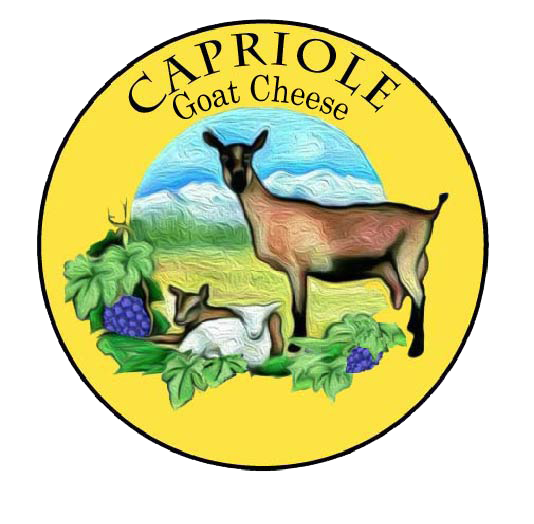30 Years and Counting
This month we’re celebrating Capriole’s 30th anniversary and what an adventure (and misadventure) it’s been!
Beginning in 1975 with a derelict farm no one wanted, a handful of goats, and a little book called Cheesemaking Made Easy, I began making cheese in the kitchen for my family. Looking back to the most important moment in a 30+ year cheesemaking journey, I think it was my visit to Westfield Farm in the spring of 1988 and the opportunity to work with Bob and Letty Kilmoyer. I had to do a lot of persuading to get the two best chevre producers in the country to let me make cheese with them. I know now that while others were doing fresh goat cheeses, Bob and Letty were, in fact, the very best.
The way we make 30 years later is the way we made it my very first day at Westfield. The first thing I remember was the smell of the cheese room, and Bob taking a deep whiff and commenting, ‘I think we have about a .45 titratable acidity”. It was several years before I could do that but yes, with experience, you can smell it even before you test the whey. It’s only then you have cheese and can ladle that delicate, fresh curd into molds. Milk that has been set the previous day with tiny amounts of added culture, ferments very slowly and gives off lactic acid. That’s what Bob smelled and he nailed it.
Then came the ‘dip’ and as Letty warned me ahead of time, not everyone can do it properly. Here, we still use the same stainless steel salt scoops we used that morning to swoop up the curd, cut it off with the sharp edge of the scoop, and lay it carefully into molds and baskets to drain.
The point is not to break up the curd but layer it so that its own weight helps it to drain. There’s something very aesthetically satisfying in this process. It’s peaceful and repetitious and each person develops patterns—vertical borders, horizontal rows, herringbone patterns as layer by layer the soft curd is ladled. Rhythm of movement, sharp citrusy smells, and beautiful patterns—it’s my favorite part of cheese making and satisfies all the senses.
Only after about 5 hours has the curd drained enough to retain its texture and it’s time to mix and salt and hang or drain overnight in molds.
Bob and Debbie Stetson bought Westfield Farm in 1996 and Bob and Letty moved, with their tennis rackets to Key West, but the Stetsons have continued to make the same great cheese, I first tasted in the ‘80s.
Their fresh cheeses are still for me the purest, milkiest, first and best with amazing texture. This year when we compared our fresh chevre at American Cheese Society we were impressed with how similar they still are in both flavor and texture.
Bob Stetson and Letty Kilmoyer
So Bob and Letty, here’s to you! There have been so many defining moments along the way, but none more important than the days spent with you! And as for the question you asked 20 years ago—‘You got yourself into this thing, now how are you getting out of it”—I still don’t have the answer!




